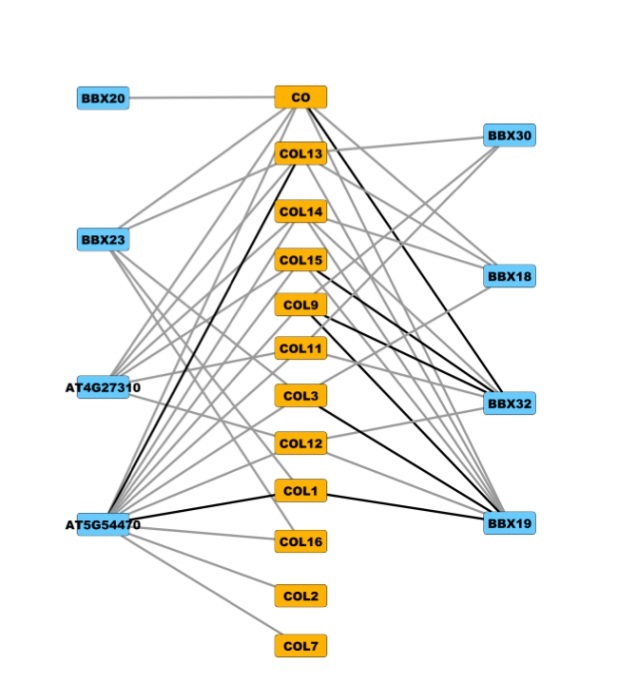현재 위치:홈 > 뉴스현황 > Press Events > Protein Social Netwo...
저자: 업로드:2017-06-29 조회수:
The social life of proteins is easily as complex and full of drama as the latest Instagram celebrities. However, unlike a rising social network star, understanding how and with whom various proteins interact with inside the cell can ultimately provide useful information about general biology and disease development. Yet, mapping this network of interactions, or "interactome," has been slow going in the past because the number of interactions that could be tested at once was limited.
Now, a team of investigators at the Salk Institute have developed a new high-throughput technique to understand better the “social network” of cellular proteins, in addition to allowing researchers test millions of relationships between thousands of proteins in a single experiment. Findings from the new study were published recently in Nature Methods in an article entitled “CrY2H-seq: A Massively Multiplexed Assay for Deep-Coverage Interactome Mapping.”

The interactome of a cell, much like a map of social networks, lets scientists see who's working with whom in the world of proteins. This helps them figure out the roles of different proteins and piece together the different players in molecular pathways and processes. If a newly discovered protein interacts with lots of other proteins involved in cellular metabolism, for instance, researchers can deduce that's a likely role for the new protein and potentially target it for treatments related to metabolic dysfunction.
"The power of this new approach is in the ability we now have to scale it up," explained senior study author and Howard Hughes investigator Joseph Ecker, Ph.D., professor, and director of Salk's Genomic Analysis Laboratory. "This assay has the potential to begin addressing questions about fundamental biological interactions that we haven't been able to address before."
Previously, researchers typically relied on standard high-throughput yeast two-hybrid (Y2H) assays to determine the interactions between proteins. The system requires using a single known protein—known as the bait—to screen against a pool of prey proteins. But finding all the interactions between, for instance, 1000 proteins would require 1000 separate experiments to screen once for each bait's interaction partners.
"Current technologies essentially require that interactions detected in primary screening get retested individually," noted lead study investigator Shelly Trigg, an NSF graduate research fellow at the University of California, San Diego and a member of Dr. Ecker’s lab. "That may no longer be necessary with the screening depth this new approach achieves."